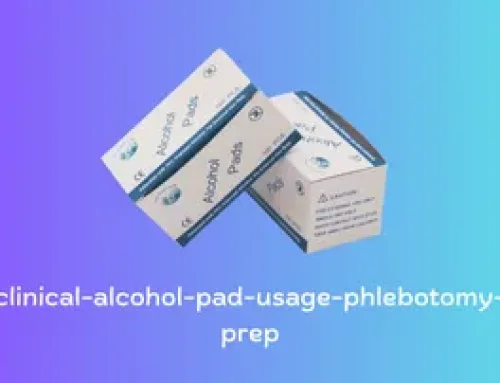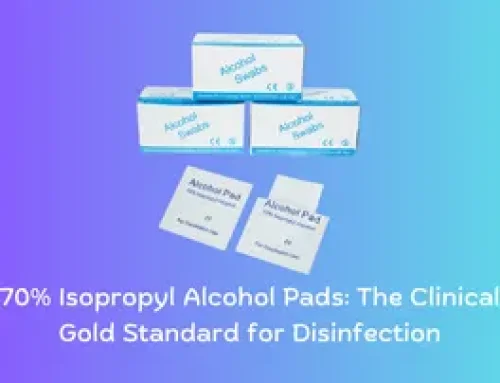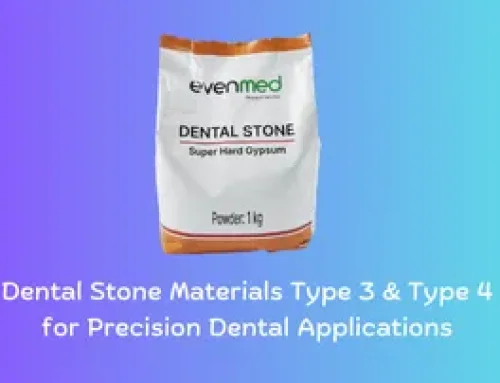“4/0” refers to the size of the suture, with smaller numbers indicating thinner thread. “3/8C” refers to the length of the needle, with the “C” indicating a curved needle shape.
The material itself is a “resorbable” type of suture, which means it will eventually break down and be absorbed by the body over time, eliminating the need for removal. The suture material is made from a combination of polyglycolic acid braid and lactic acid, both of which are biodegradable materials.
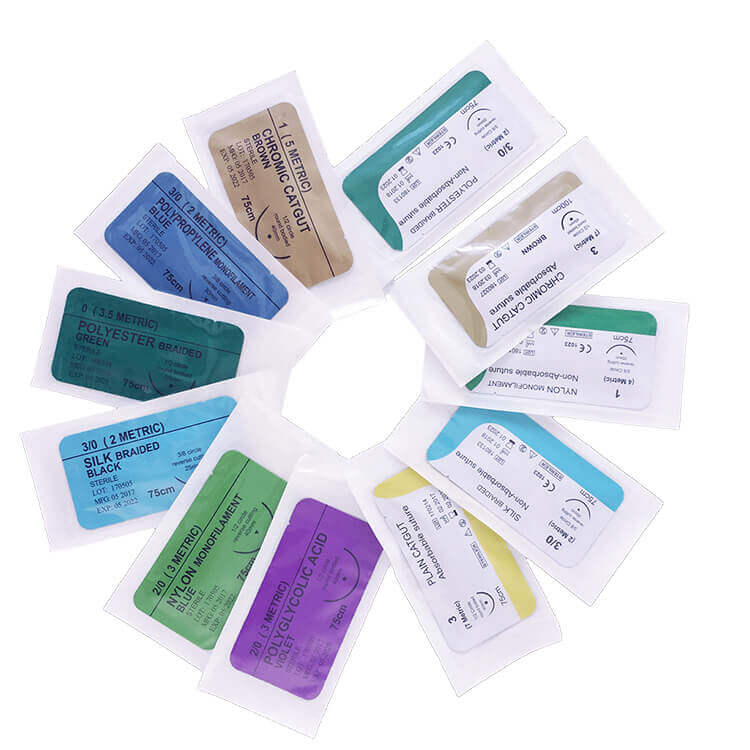
surgical suture 4
The “20 mm round” description refers to the shape and size of the needle. The round needle shape is typically used for suturing softer tissues, such as skin, while the size of the needle will vary depending on the specific application.
Polyglycolic acid (PGA) is a synthetic polymer that is commonly used in surgical sutures due to its high strength and biodegradability. It has been used for decades and has a well-established safety profile. Lactic acid is another biodegradable material commonly used in surgical sutures, and it is often combined with PGA to improve its mechanical properties.
The combination of PGA and lactic acid in the suture material results in a braided structure, which provides increased tensile strength and knot security. The braided structure also reduces the risk of the suture cutting through tissue or causing tissue damage.
In surgical procedures, the suture material is used to close incisions or wounds. The needle is typically attached to one end of the suture, and the other end is held by the surgeon or passed through the tissue using a needle holder. The needle is used to pull the suture through the tissue, and the suture is then tied to close the incision or wound.
Once the wound has healed, the suture material will gradually break down and be absorbed by the body, eliminating the need for removal. The rate of resorption depends on various factors, such as the type of suture material, the location of the wound, and the patient’s individual healing process.
Overall, the “4/0 3/8C RESORBABLE NEEDLE 20 mm ROUND POLYGLYCOLIC ACID BRAID + LACTIC ACID” is a commonly used suture material in surgical procedures due to its strength, biodegradability, and established safety profile.
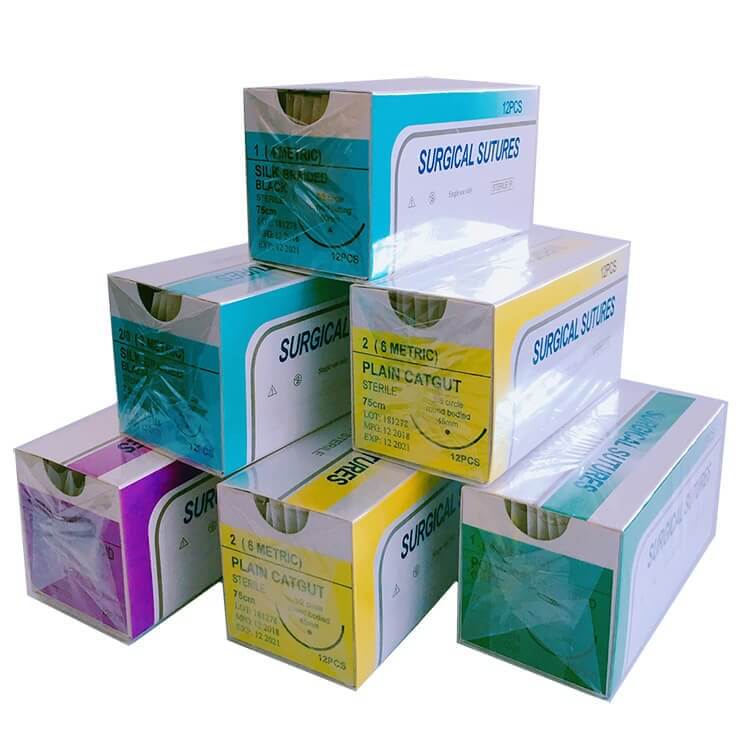
POLYGLYCOLIC ACID BRAID + LACTIC ACID vs POLYGLYCOLIC ACID?
Polyglycolic acid (PGA) and Polyglycolic acid braid + Lactic acid are both resorbable suture materials commonly used in surgical procedures. However, there are some differences between the two.
PGA is a synthetic polymer that has been used in surgical sutures for several decades. It is known for its high strength and knot security, which makes it a popular choice for suturing soft tissues such as skin and muscles. PGA sutures are typically monofilament, meaning they are composed of a single thread.
Polyglycolic acid braid + Lactic acid, on the other hand, is a braided suture material made from a combination of PGA and Lactic acid. The braided structure provides increased tensile strength and knot security compared to monofilament sutures. The combination of PGA and Lactic acid results in a suture material that is both strong and biodegradable, as both materials are eventually absorbed by the body over time.
One advantage of using Polyglycolic acid braid + Lactic acid over PGA alone is that the braided structure reduces the risk of the suture cutting through tissue or causing tissue damage. The braided structure also allows for better handling and tying of knots. However, braided sutures may be more prone to harbouring bacteria compared to monofilament sutures.
The choice of suture material will depend on various factors, such as the type of tissue being sutured, the location of the wound, the surgeon’s preference, and the patient’s individual needs. Both PGA and Polyglycolic acid braid + Lactic acid are safe and effective suture materials with established track records in surgical procedures.


